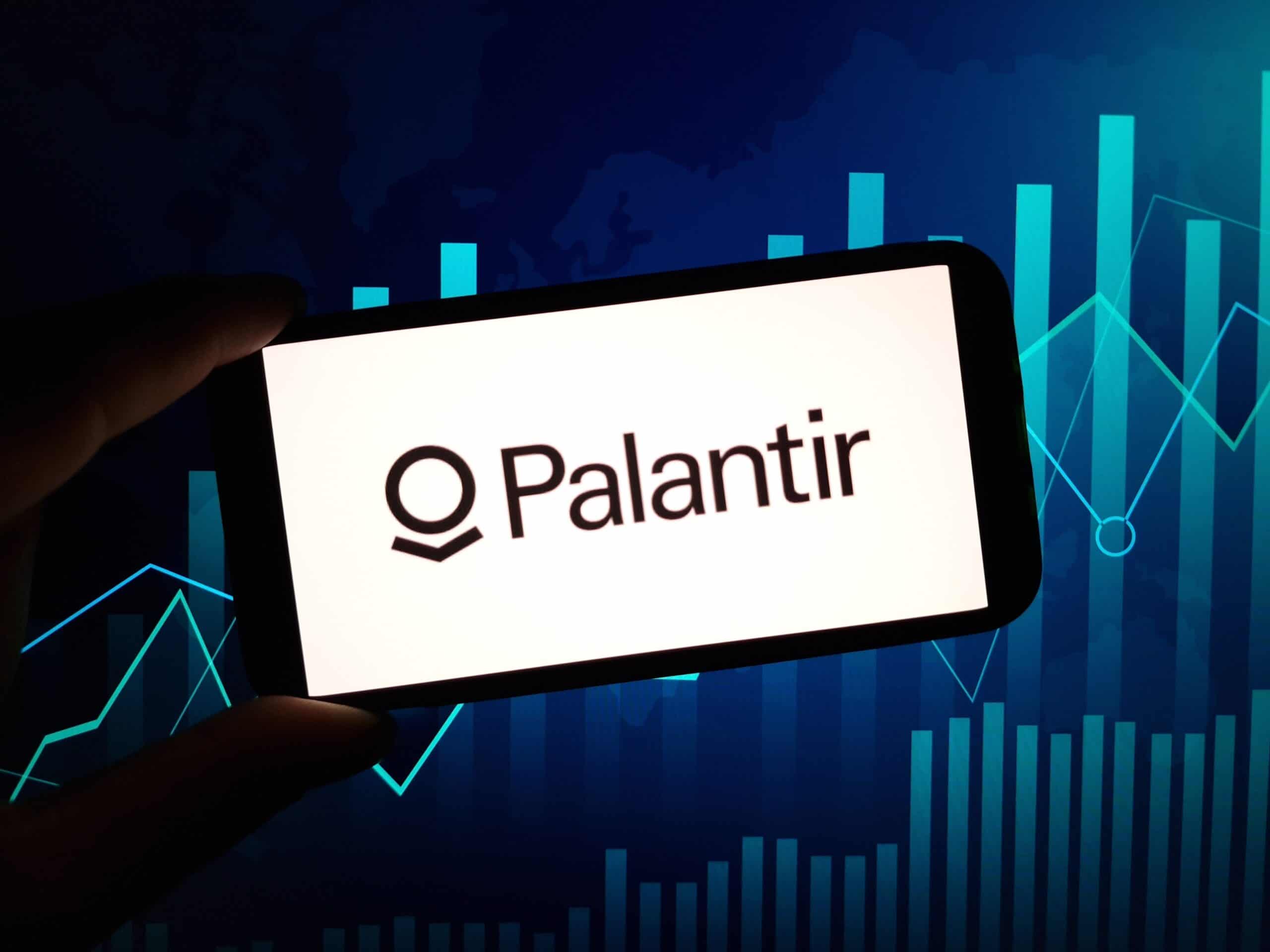
Palantir Technologies (NASDAQ:PLTR) remains a highly divisive stock for certain investors. On the one hand, this is a top-tier growth stock that’s certainly provided plenty in the way of gains for those willing to put their capital to work in a company with the potential to provide exponential growth. On the other hand, investors who are looking for reasonably-valued companies with market multiples lower than the average stock, this may not be the name worth considering.
In this article, I’m going to dive into whether Palantir is a stock baby boomers (those who are either in or likely nearing retirement) may want to consider. Risk matters for this investing group, so I’m going to approach this stock from a bit of a different angle than the media right now.
Without further ado, let’s dive in.
Key Points About This Article:
- Palantir remains among the fastest-growing stocks in the market, but also holds a multiple fit for a king.
- The question is whether many baby boomers can handle the heightened risk profile with this particular name, or if it should be a pass moving forward.
- If you’re looking for some stocks with huge potential, make sure to grab a free copy of our brand-new “The Next NVIDIA” report. It features a software stock we’re confident has 10X potential.
The Bearish View on Palantir

Palantir’s stock dropped after reports of potential Pentagon budget cuts, raising concerns for the major defense contractor. Co-founder Peter Thiel’s net worth fell 7.6% to $19.6 billion, while CEO Alex Karp’s declined 8% to $9.7 billion. Notably, this drop comes despite news that Palantir has secured over $1.3 billion in defense contracts since 2009.
Kim Forrest, CIO of Bokeh Capital Partners, warned investors about Palantir’s heavy reliance on stock-based compensation, likening it to dot-com era companies that disappointed. She argued Palantir operates more like a services firm, with financials only resembling a software company when excluding stock compensation costs.
Palantir’s valuation raised concerns as revenue growth was projected to slow to 22% annually, reaching about $4 billion by fiscal 2026. With improved margins, adjusted operating income could hit $1.5 billion, valuing the stock at a $27 target. That’s well below the company’s current price and has some cautious defensive investors on hold.
Why Baby Boomers Might Not Be Palantir’s Target Audience

Palantir Technologies stock presents considerable risks, especially for baby boomer investors who typically favor stability over volatility. The company holds a Very High Uncertainty Rating, driven by inconsistent financial performance and volatile stock movements. PLTR’s price history has been marked by sharp fluctuations, making it unsuitable for those seeking predictable returns. Baby boomers, often with shorter investment horizons, are more prone to panic selling during downturns, potentially amplifying losses.
A primary concern lies in Palantir’s valuation, with its stock trading at levels some analysts believe are disconnected from fundamentals. Even a single disappointing earnings report could trigger a significant price drop. Bearish projections warn that if earnings growth slows to 9%, Palantir’s price-earnings ratio could plummet, sending its stock price down 50% to $62 per share. Additional controversies surrounding data privacy and the company’s government contracts further weigh on investor sentiment. Concerns about ethical data use and potential backlash from privacy advocates could erode confidence in the stock.
Economic conditions add to the risk. In turbulent markets, investors often pull back from growth stocks like Palantir, reducing demand and pushing prices lower. Moreover, leadership changes (such as the potential departure of Karp) and rapid technological advancements in the AI space could destabilize Palantir’s competitive edge.
While some argue PLTR’s risks are comparable to other stocks, its heightened volatility, valuation challenges, and ethical controversies suggest baby boomers should exercise caution, prioritizing capital preservation over speculative gains.
Is Palantir Still a Buy, Regardless?

Palantir has garnered significant investor interest in 2025, driven by its strong momentum and expanding AI capabilities. The stock has surged over 50% year-to-date, outperforming both the technology services industry and the broader S&P 500. Much of this growth stems from high retail investor demand and Palantir’s diversification across defense, healthcare, and finance sectors.
Analysts forecast continued revenue growth, with some projecting the stock could reach $125 in early 2025, while others expect it to climb to $50.93 by year-end. Morningstar recently raised its fair value estimate to $90 per share, and Loop Capital sets a target at $141. Palantir’s AI platform adoption is accelerating, boosting productivity and revenue potential.
Although risks remain and the stock is volatile, Palantir holds a Zacks Rank #2 (Buy) with an A Momentum Score, reflecting positive earnings revisions and strong market sentiment.
Thank you for reading! Have some feedback for us?
Contact the 24/7 Wall St. editorial team.





